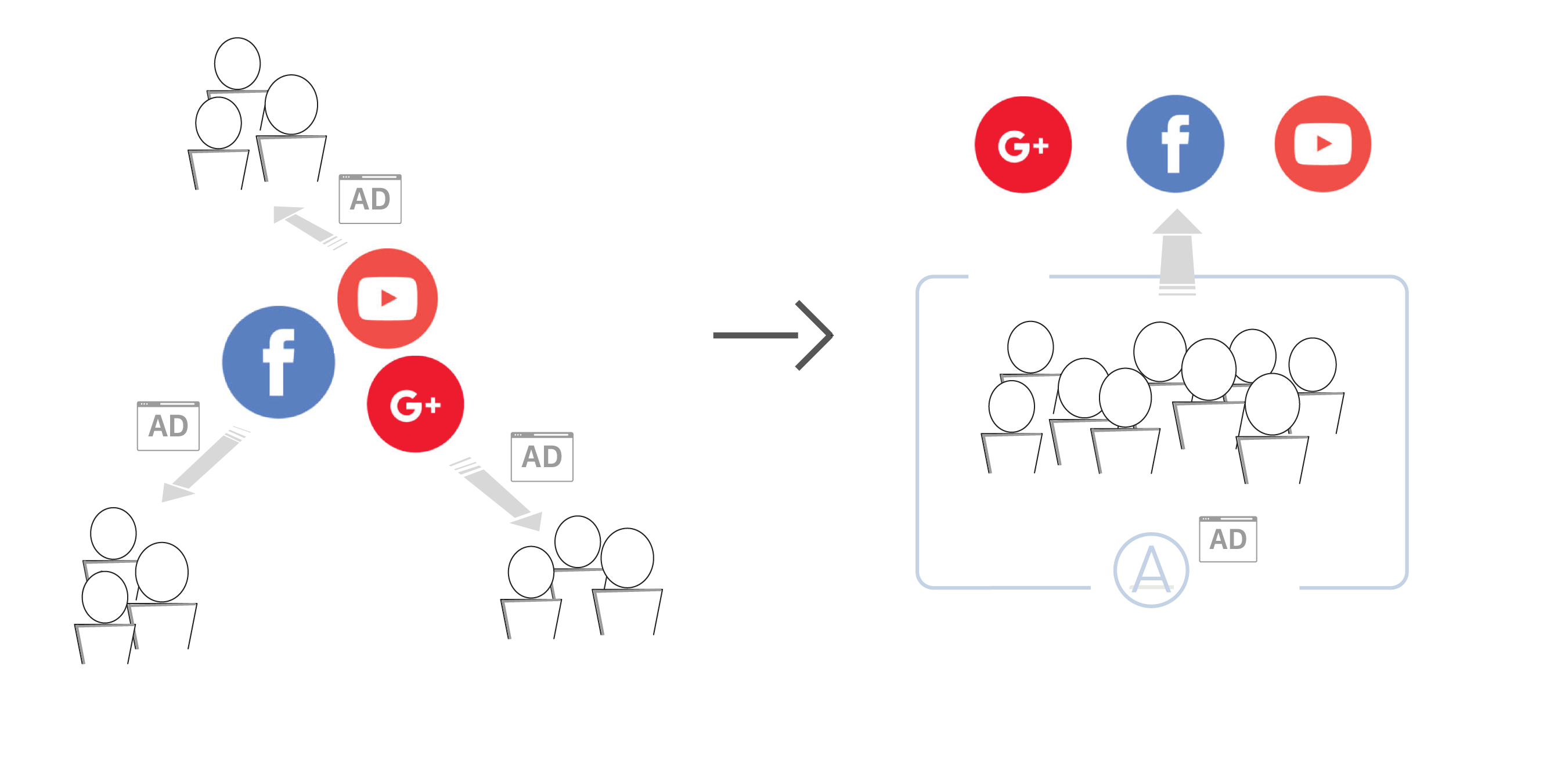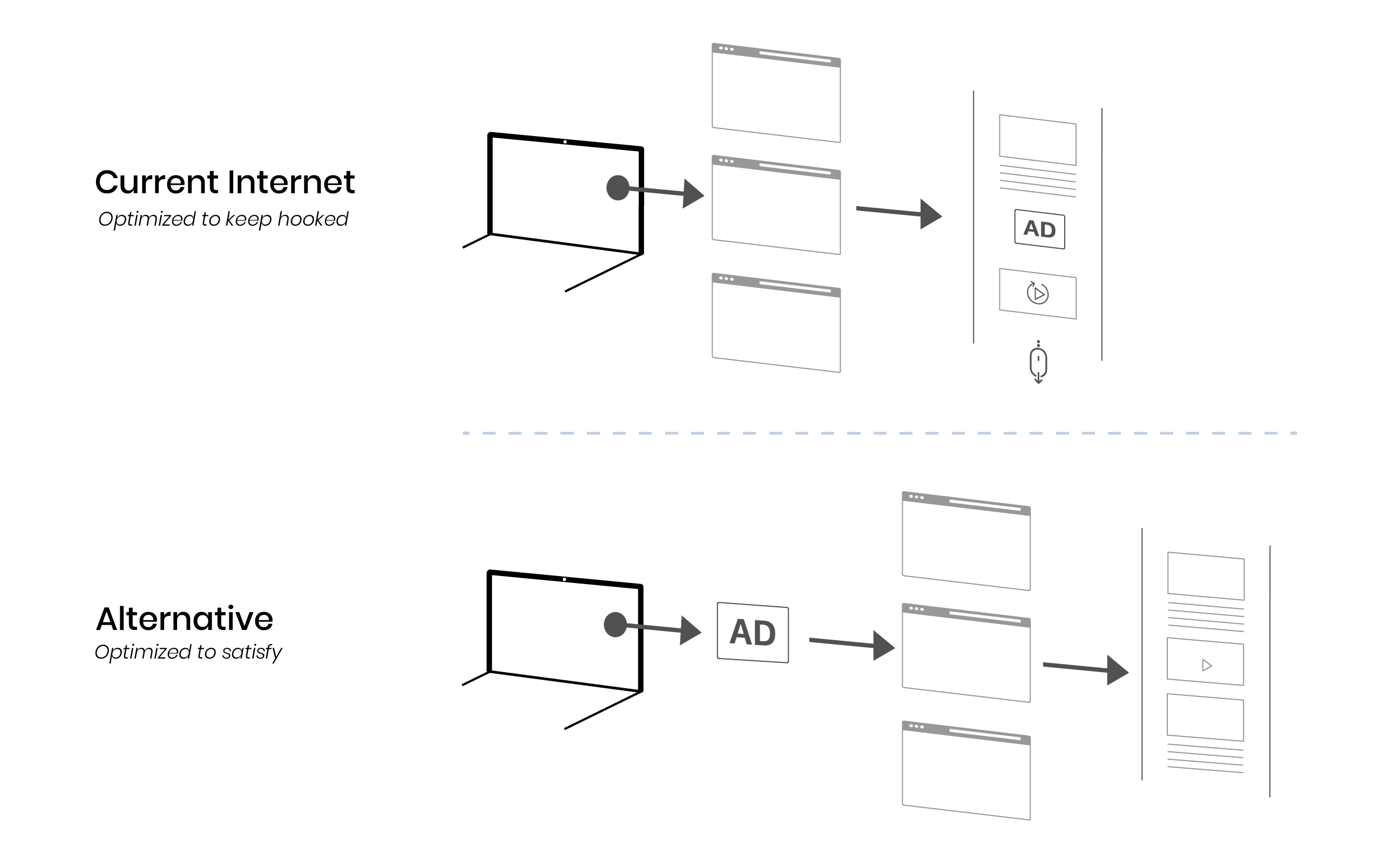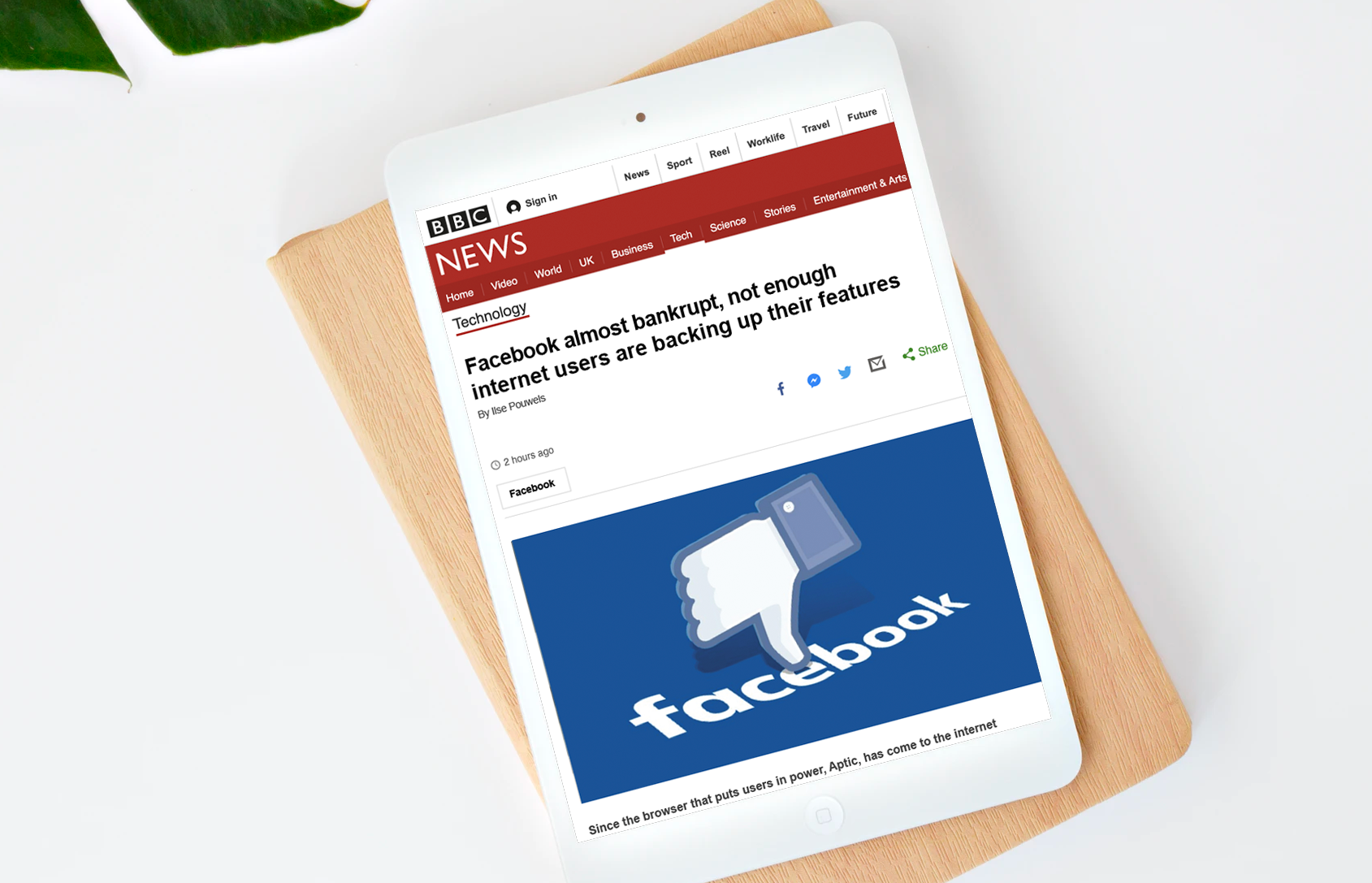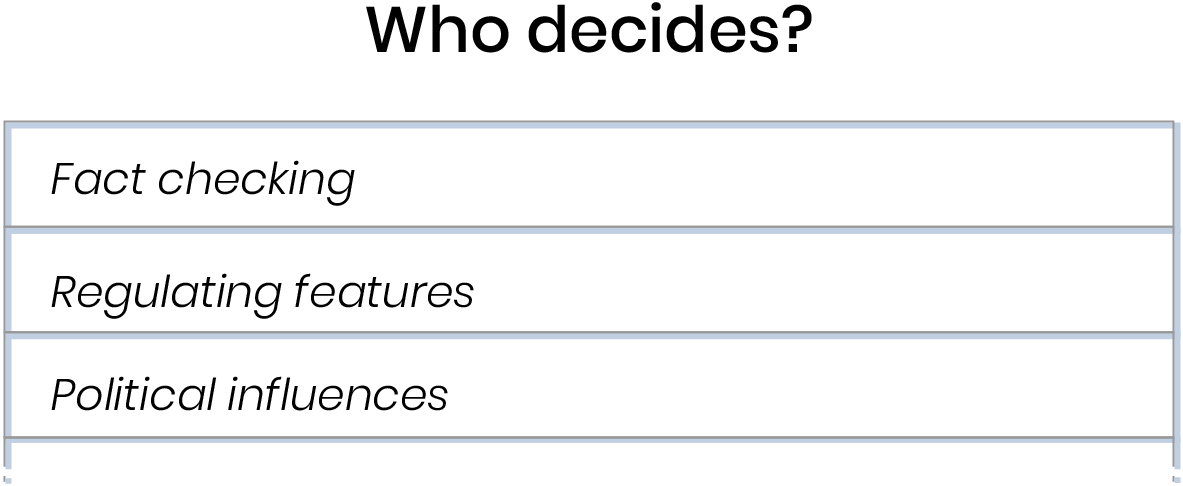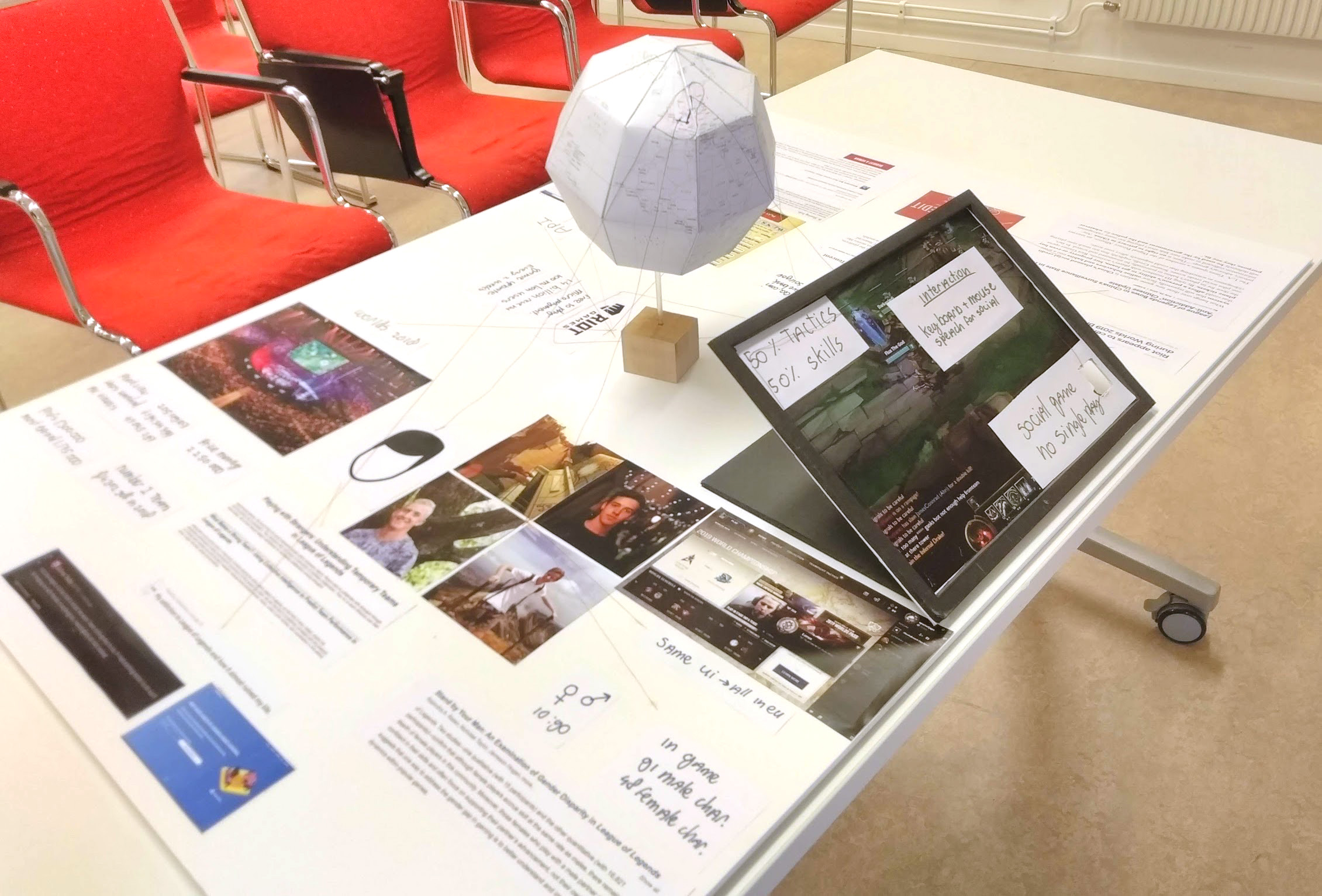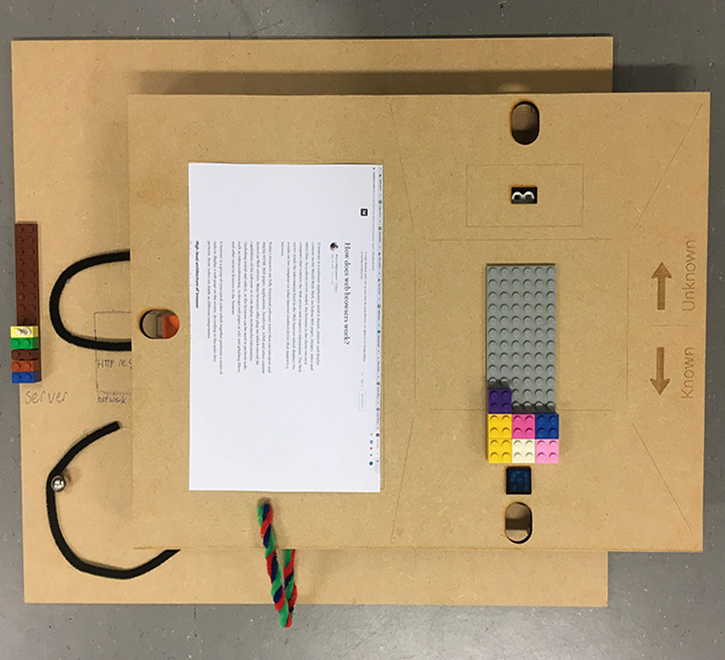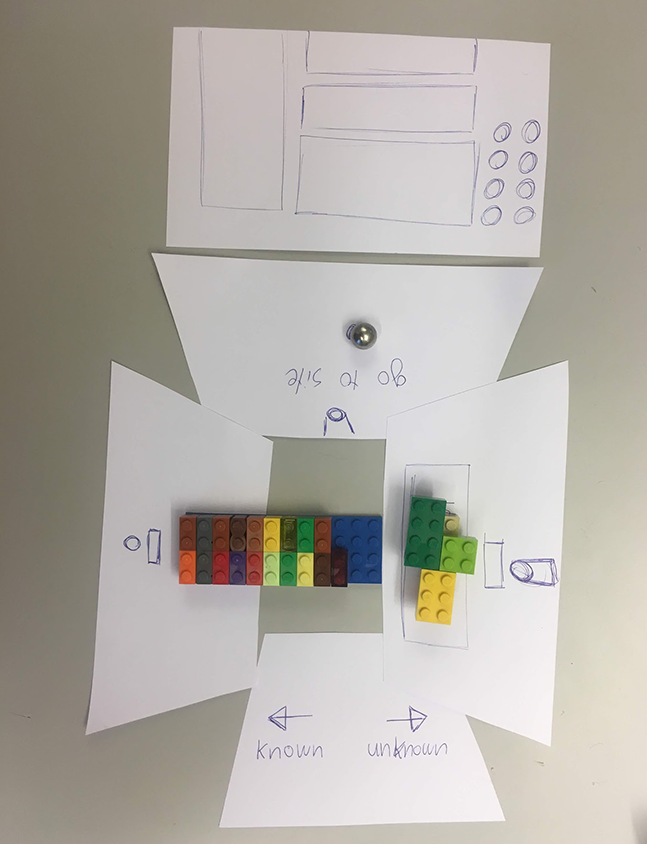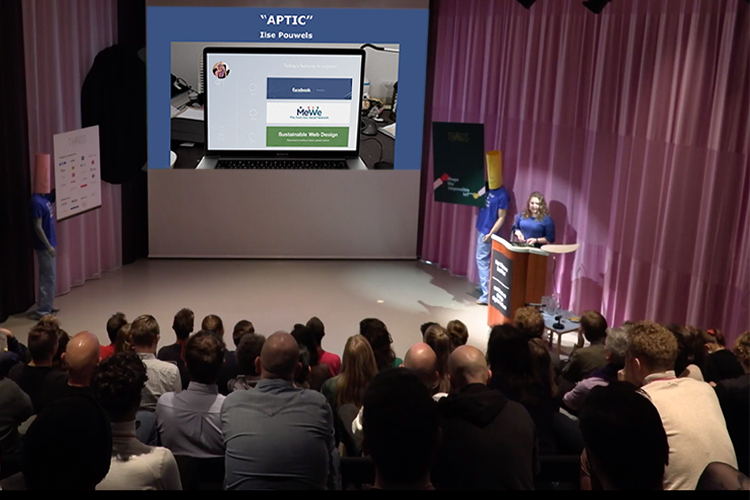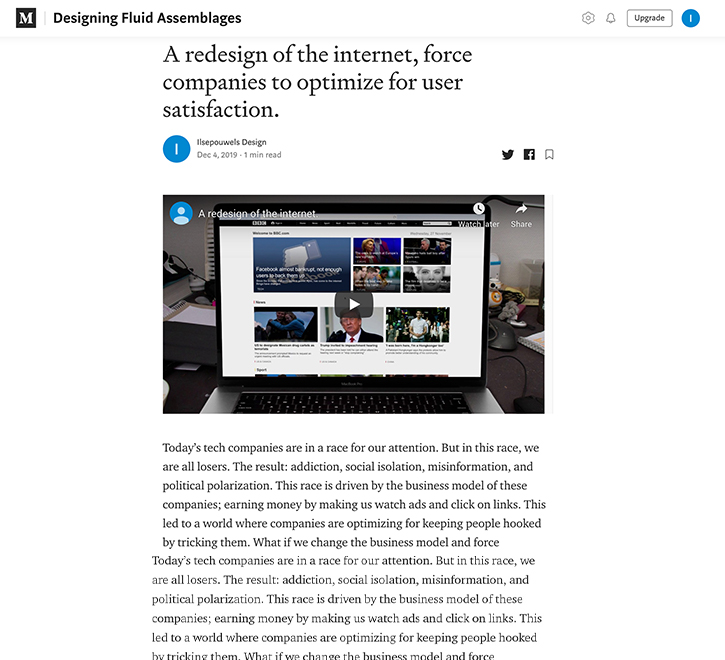Fluid assemblage
General
Things are not what they used to be.
Consider the difference between a walkman and the music player on your smartphone. Digital things nowadays are more like fluid assemblages than stable objects. They are composed of a variety of components and connections to various platforms and other kinds of infrastructure. They change over time in response to people’s behaviour with and around them. They collect data that they feed back into the networks of which they are a part and to other actors that extract value from all this.
Can design be what it used to be? What design opportunities are offered by fluid assemblages?
What they could mean for our lives with these new kinds of connected things?
This project zooms in on a specific fluid assemblage, the internet.

